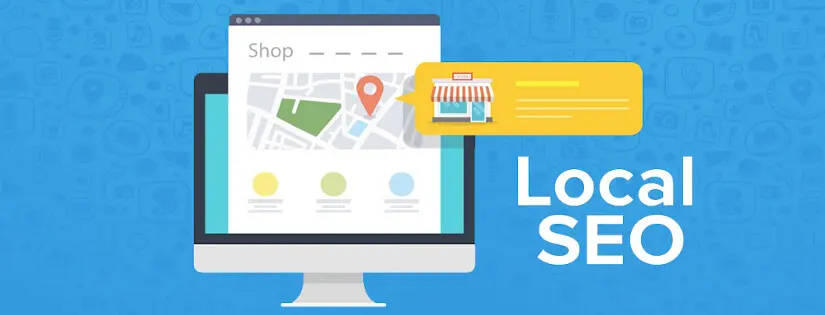A Guide to Local SEO What is local SEO? Simply put, it’s the process of optimizing your website for increased visibility in local organic search engine results. Why is this important? Well, because according to Google, “more than 50% of mobile searchers are looking for local information”. In other words, if you want to reach potential customers who are searching for businesses in their area, you need to be doing local SEO.

There are three pillars of local search: proximity, prominence, and relevance. Proximity means that you’re targeting searches near your business location. Prominence means that you’re trying to rank as high as possible in the SERPs. Relevancy means that you’re targeting searches for your specific business category and/or industry.
A successful local SEO strategy should:
– Maximize the website’s visibility in “organic” search results (at Google, Yelp, etc.) for targeted keywords
– Boost rankings at the city and regional levels
– Attract high-quality traffic from nearby cities and regions
– Improve the website’s usability for potential customers in those areas
– Establish a strong online presence to justify opening an office nearby
It’s important to note that local SEO is different than what we refer to as “national SEO” (or sometimes “global SEO”). While national/global SEO is about optimizing your website for visibility in search engine results pages (SERPs) across the entire globe, local SEO is focused on reaching potential customers in a specific geographical area.
Now that we’ve answered the question “what is local SEO?” let’s take a look at how you can go about implementing a successful local SEO strategy for your business.
1. Do your research.
The first step in any successful A Guide to Local SEO is to do your research. This means identifying which keywords you should be targeting and then determining the best way to rank for them. There are several factors to consider here, including your business category, the competition, and the number of local searches for each keyword phrase.
2. Create an optimized business listing.
To have a successful local SEO campaign, you need to have a complete and accurate business listing with Google My Business or Bing Places For Business (depending on your location). When creating your business listing, be sure to include all of the relevant information, including your business name, address, phone number, website, and hours of operation.
3. Claim your Google My Business listing.
If you haven’t already claimed your Google My Business listing, be sure to do so as soon as possible. This will give you access to a variety of important features, including the ability to add photos, videos, and updates about your business. It’s also important to respond to reviews from customers, both good and bad.
4. Optimize your website for local search.
For your website to rank in local search engine results, it needs to be optimized for local search. This means including outbound links to local directories and reviews, as well as having an optimized meta description and title tag. Because Google considers the relevancy of a website’s inbound links when determining search rankings, it’s also important to get active on other blogs in your industry (and link back to your site from those posts).
5. Promote your Google My Business page.
A great way to promote your Google My Business listing is by using a tool like KnowEm or NameChk, which will find other social media accounts that are either closely related or the same as your business name. You can then use these usernames on those networks to help increase your social engagement.
6. Create citations and build backlinks using NAP citation resources.
Creating citations for your business is one of the best ways to improve its local search rankings. If you’re still writing down your address as 123 Main St., city, state, or zip code, then it’s time to stop because those things don’t matter to search engines. Instead, you should be using tools like Whitespark or Brightlocal that will find all of the local citation opportunities for your business and then provide a step-by-step process on how to claim them.
7. Use location extensions.
Adding location extensions at Google My Business is another great way to increase your visibility in local search results. This will show a map with your business location(s) when someone searches for one of your targeted keywords.
8. Monitor and adjust your strategy as needed.
The best part about A Guide to Local SEO is that it’s a constantly evolving landscape, so you need to be prepared to make changes to your strategy as needed.




